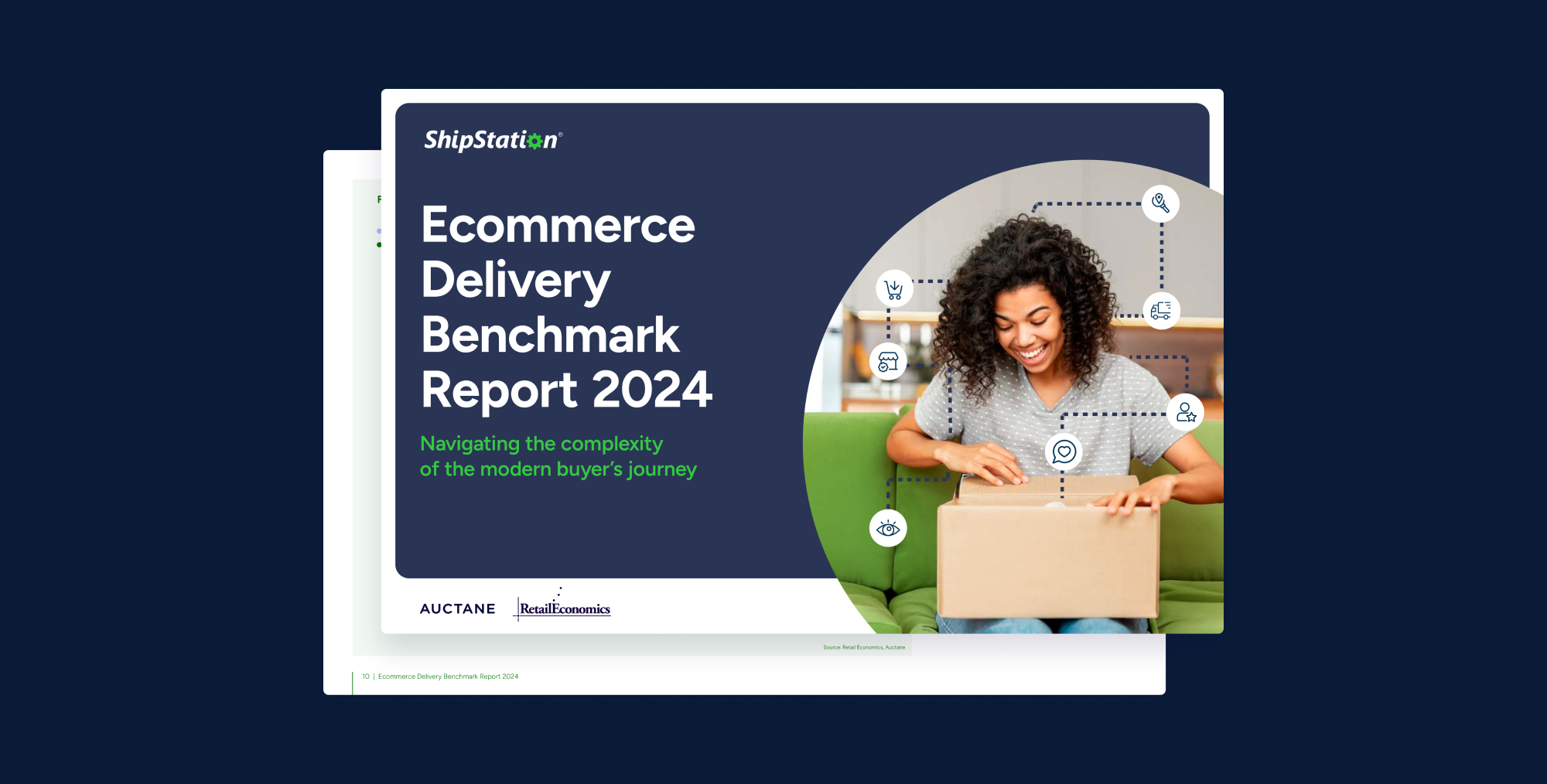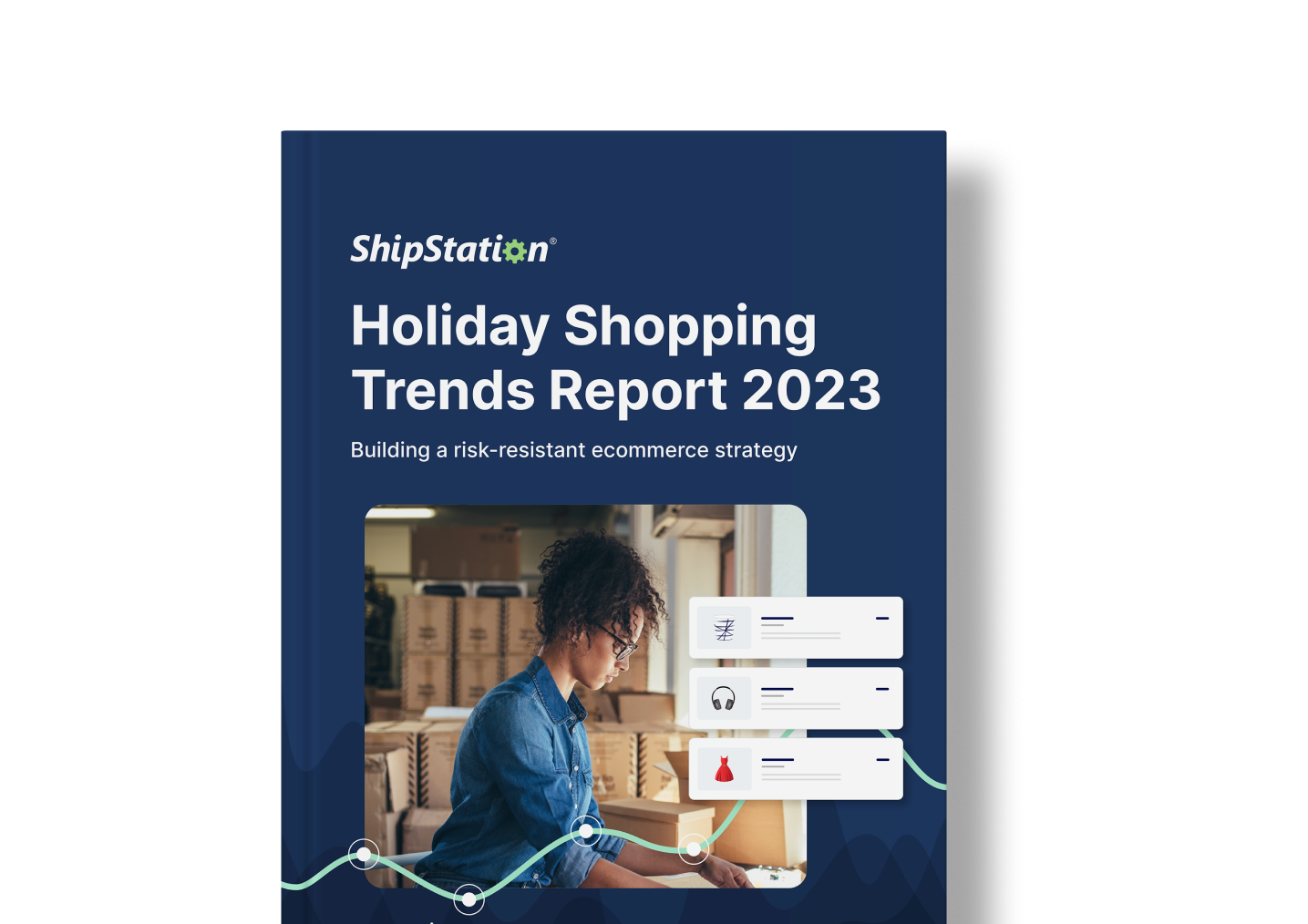A Cart Full of Profits: Tips to Reduce Cart Abandonment
Even if customers flock to your ecommerce site and load up their online carts, there is the potential that they aren’t completing checkout. This is one way you could be losing out on a lot of sales. Companies lose revenue to cart abandonment every day. In fact, in 2018, almost 75% of ecommerce sales were due to cart abandonment. Fortunately, there are ways to keep customers engaged through the final steps of the checkout process.
Reasons for Ecommerce Cart Abandonment
Digital shoppers abandon their carts for a variety of reasons. You’ll never fully be able to eliminate cart abandonment, but knowing what causes cart abandonment will help you reduce your online store’s rate of abandonment.
Here are few reasons why shopping carts are abandoned:
- High shipping costs
- Discount codes that don’t work
- Long shipping times
- Required registration
- Errors in the checkout forms
Of these reasons, shipping costs are by far the most common reason customers say they abandon online shopping carts. Up to 63% of abandoned carts are due to high shipping costs.
9 Strategic Steps to Reduce Ecommerce Cart Abandonment
Reducing cart abandonment at checkout is an easy target for increasing sales. There are plenty of ways to design your site to eliminate some of the primary reasons people leave their carts.
1. Allow customers to checkout as a guest.
Requiring customers to register before making a purchase might seem like a good way to collect client details, but it also makes people more likely to abandon an ecommerce cart. Set up your site to allow customers to check out as guests.
Pink Lily allows customers to continue as guests if they provide their email addresses. This allows Pinky Lily to email guest customers post purchase.
2. Offer multiple payment options.
Some customers leave an online shopping session because the site doesn’t take their favorite method of payment. By offering a variety of methods, including credit card options, PayPal, and Stripe payments, you can meet the needs and preferences of most site visitors.
3. Display security logos.
Give customers a reason to trust your site by displaying security logos in a prominent place. While any visual indicator of security helps customers feel more confident about giving you their card information, some work better than others.
The SSL seal from Norton Security is the most trusted security logo, with the Google Trusted Score seal and BBB Accredited Business seal also performing high in terms of instilling confidence in online buyers.
4. Include a progress indicator.
A progress indicator gently walks customers through the buying process. The indicator feeds into the natural human tendency to want to complete already-started projects. A bar showing where the buyer is in the process also helps customers estimate how long the entire checkout might take.
5. Use autofill.
Autofill completes fields on your checkout forms automatically, so customers don’t have to spend time inputting their information multiple times.
You can use autofill to transfer billing information directly into the shipping field or automatically populate the payment detail fields with stored credit card information.
Create a simple checkbox for customers to opt into autofill options on your page to increase the likelihood that buyers will continue checking out.
6. Include a strong CTA at checkout.
While it might seem like checkout is too late to include a call to action, adding one at this point can help seal the deal. A button like, “Finish your purchase,” encourages the customer to continue the checkout process or return to their cart.
7. Be upfront about shipping charges.
Because the cost of shipping is the top reason for ecommerce cart abandonment, presenting these charges upfront helps keep buyers on the checkout page. Offering free shipping is one way to combat buyer reluctance over shipping costs, but simply stating shipping rates from the start of the process also helps.
ShipStation can help simplify the shipping process for you and your customers.
8. Optimize page load times.
Your page load times could be costing you sales. Just a 1-second page delay is enough to reduce conversions by 7%, making optimizing page loads an integral part of reducing ecommerce cart abandonment.
To decrease page loading times you can reduce image sizes, improve site caching, and keep CSS and Javascript in separate files instead of inside your header.
9. Include thumbnails of products through the checkout process.
When consumers buy items in a brick-and-mortar store the products they want to buy are physically in front of them, visually reminding them of the purchase as they approach the register.
Replicate this reminder on your site by including thumbnails of products in the cart throughout the checkout process. This helps reduce distractions and remind the customer to go to the next step.
For example, Bliss World displays the order summary during the entire checkout process. In the order summary section there are small images of the products the customer is purchasing.
Conclusion
Putting careful thought into your checkout process helps decrease ecommerce cart abandonment. From speeding up the checkout process to giving buyers the confidence to complete the transaction, adjusting your site to help customers through the process can increase your overall sales.





